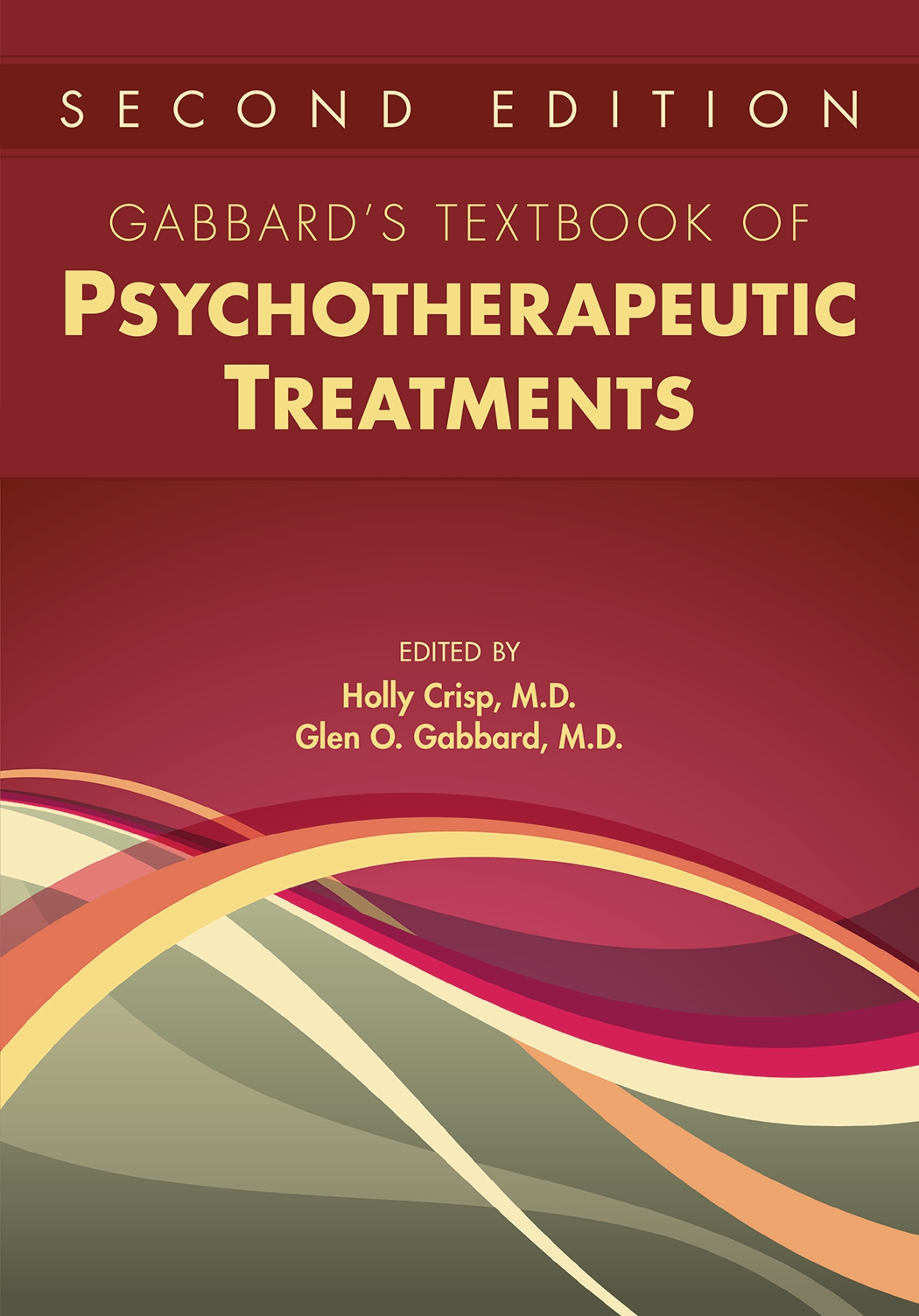Sections
Excerpt
All brief therapies, not just brief psychodynamic psychotherapy (BPP), evolved from psychoanalytic roots. Sigmund Freud reported on psychoanalytic therapies that lasted 1 week (Katherine), 7 weeks (Emmy von N), and 9 weeks (Lucie R) and the cure of Gustav Mahler’s impotence in a single 4-hour session (Breuer and Freud 1893–1895/1955; Jones 1957). Freud’s followers defined and formally introduced the key ingredients of brief therapy: increased therapist activity; limited time and/or number of sessions; defined, narrow treatment focus; and restricted patient criteria. Sándor Ferenczi’s (1920/1926) advocacy of active therapy and Alexander and French’s (1946) active creation of corrective emotional experiences stand as notable contributions to increased therapist activity as a constituent of BPP. Limiting treatment duration and/or the number of sessions is another hallmark of BPP. Otto Rank limited time to 9 months but did not restrict the number of sessions (O’Dowd 1986); Malan (1979) set a firm end date at the first session with a flexible number of sessions, which averaged 18, and Mann (1973) set a firm end date and limited sessions to 12. A more defined, narrow treatment focus was envisioned as the focal conflict (French 1970), focal psychotherapy (Balint et al. 1972; Malan 1976), the core neurotic problem (Sifneos 1972), and the core conflictual relationship theme (Luborsky 1984). The restricted patient criteria ranged from accepting patients who were simply willing, as practiced by Rank (O’Dowd 1986), to accepting those who not only were motivated but could easily form an alliance (Malan 1976; Sifneos 1972). A divergent approach, with broadening of criteria, was taken by Davanloo (1980), who focused on patients with more severe pathology, including that of personality. Gregory et al. (2008) applied his approach to patients with borderline personality disorder and substance abuse.
Access content
To read the fulltext, please use one of the options below to sign in or purchase access.- Personal login
- Institutional Login
- Sign in via OpenAthens
- Register for access
-
Please login/register if you wish to pair your device and check access availability.
Not a subscriber?
PsychiatryOnline subscription options offer access to the DSM-5 library, books, journals, CME, and patient resources. This all-in-one virtual library provides psychiatrists and mental health professionals with key resources for diagnosis, treatment, research, and professional development.
Need more help? PsychiatryOnline Customer Service may be reached by emailing [email protected] or by calling 800-368-5777 (in the U.S.) or 703-907-7322 (outside the U.S.).



